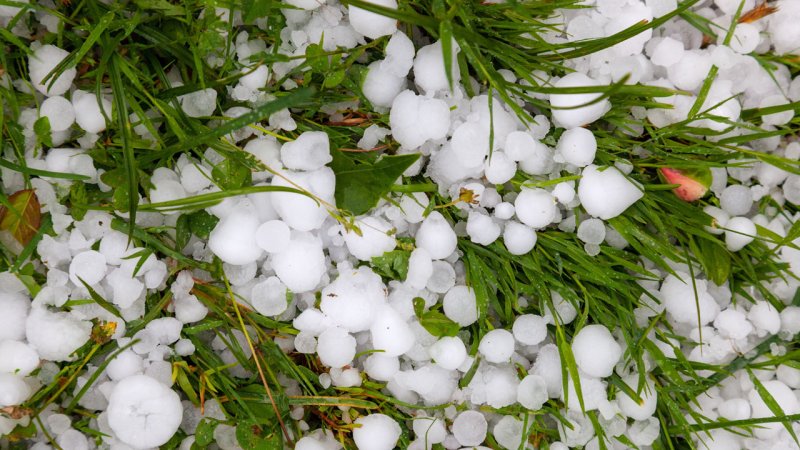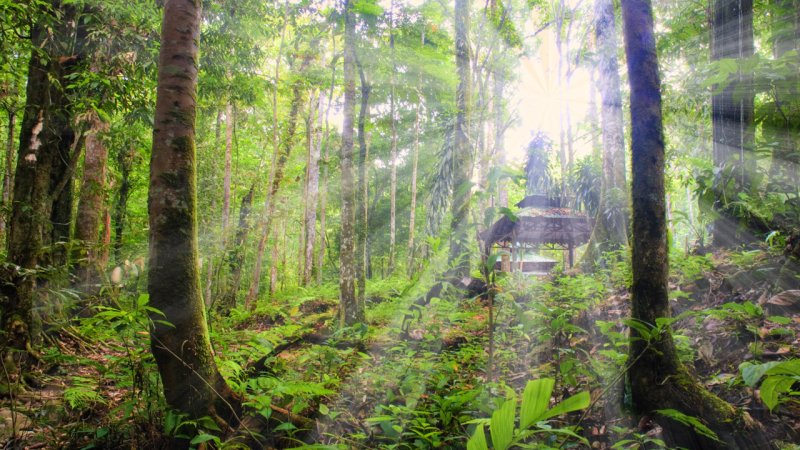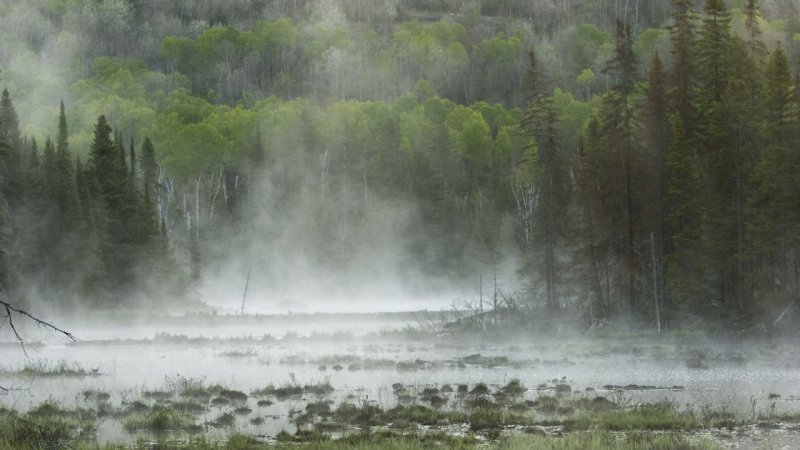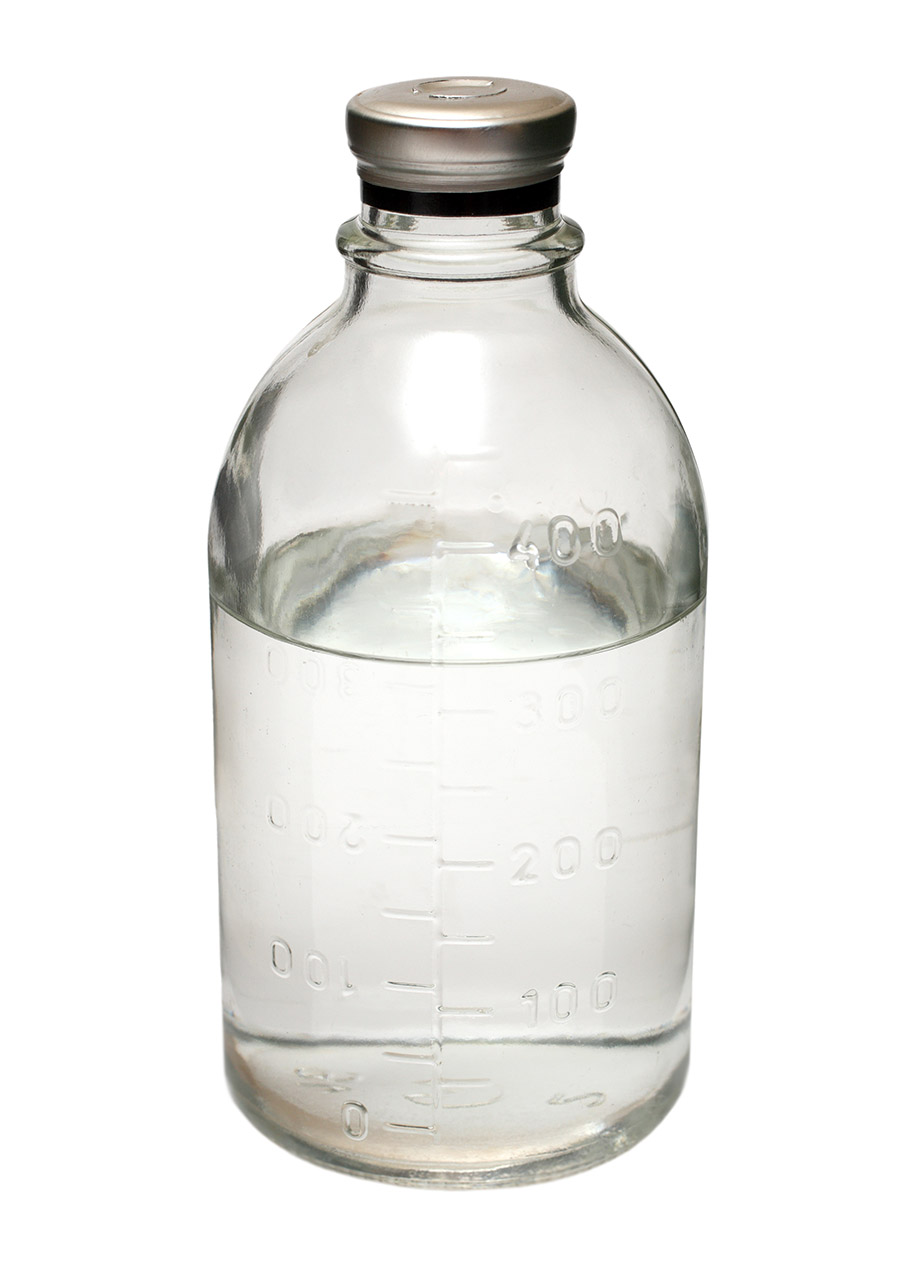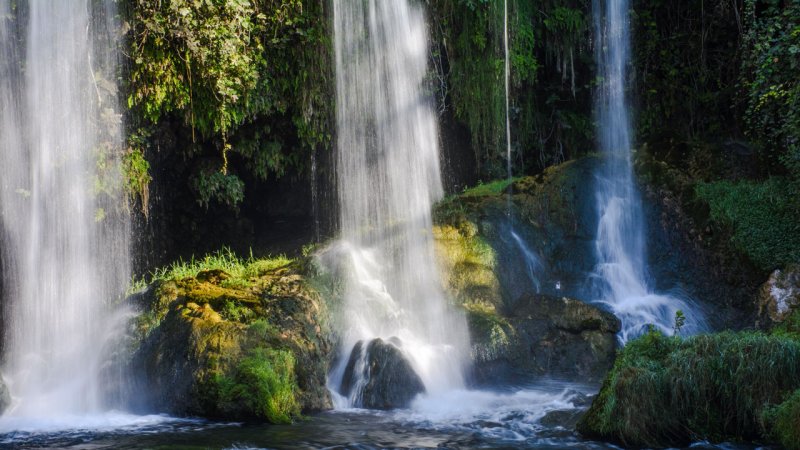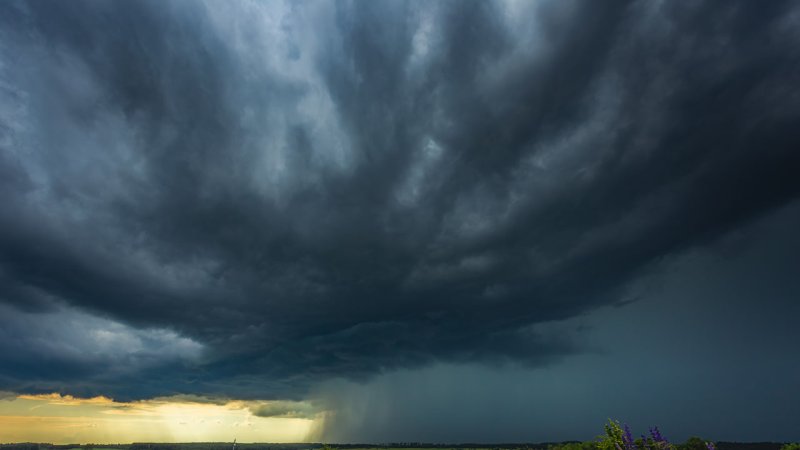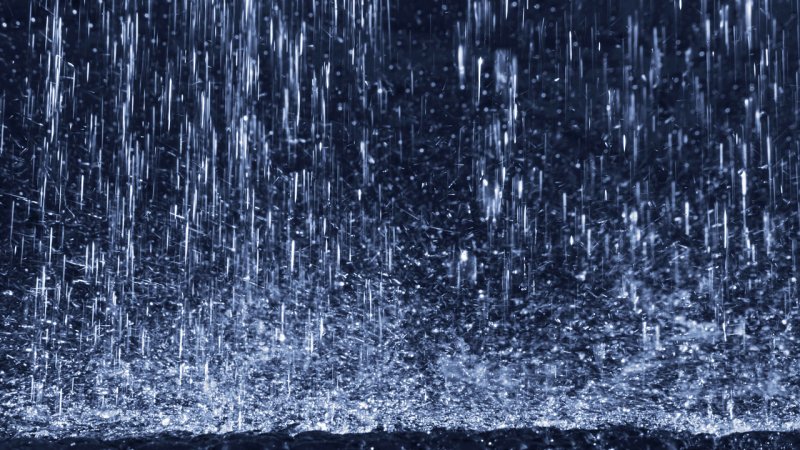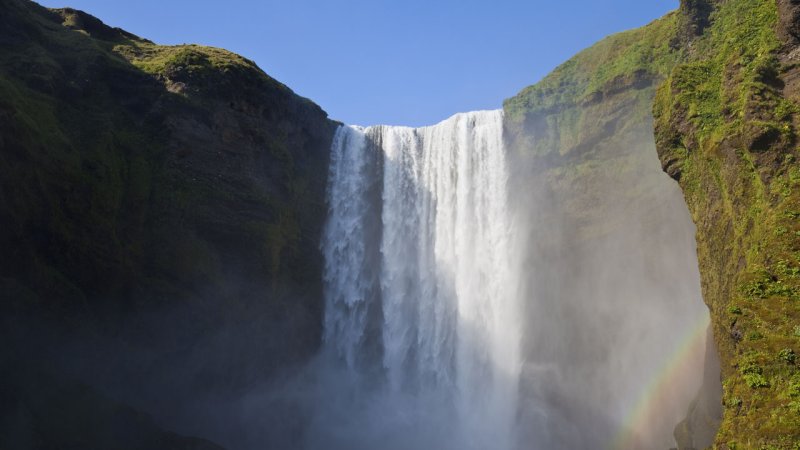
The Origin of the Water Energy
4 min read
Water Cycle in Nature
Water Cycle in Nature.
Hydropower is constantly renewed through the water cycle in nature due to direct sunlight. The water is constantly moving due to the cyclic evaporation, relocation, condensation and precipitation not only between the Earth’s surface and atmosphere but it also falls from higher to lower ground due to gravity. There is also movement of water through the ocean currents in the oceans.
The Source of Energy in Flowing Water
Solar radiation makes water evaporate from water bodies. The water vapour then moves over land where, when it is cooled, condenses and then falls to the ground as precipitation in the form of rain, snow or hail, thus acquiring tremendous potential energy relative to sea or ocean water.
The amount of precipitation and the terrain determine the predisposition of a geographic location for water energy utilization. The more precipitation and the more mountainous a region is, the greater the potential of that region for obtaining energy from water. After falling to the ground, water from precipitation has a relatively high potential energy. Gravity forces the water to flow into valleys whereby the potential energy is turned into kinetic energy. If the path of the flowing water is blocked in a certain place, a part of its energy can be used for power production. Thus the accumulated precipitation water in hydroelectric power plant reservoirs loses part of its mechanical energy to turn the turbines while it is passing through them.
Map of precipitation totals worldwide [mm/year].
Aside from the energetic utilization of watercourses on land, it is also possible to obtain energy from ocean and sea water. In this case, the energy from waves and ocean currents is captured. The difference in water levels between tides is also exploited as well as the difference in temperature between higher and lower ocean water layers.
Heavy Water
The greatest energy of all which can be found in water is the energy of heavy water deuterium, which can be used in thermonuclear fusion reactors.
Nuclear fusion is a process of two light element atoms merging into one whereby a large amount of energy is freed. On Earth, this means a reaction between deuterium and tritium, or, in other words, heavy hydrogen and hydrogen-3. Deuterium accounts for approximately 0.0156 per cent of all hydrogen atoms on Earth. Tritium can easily be extracted from the common element of lithium. To further research thermo-nuclear fusion, a large experimental reactor called ITER is currently being built in Cadarache, France, which the first-phase will conclude in late 2026 with first plasma. This will be the official start of ITER operation. In the 2035 ITER will start the full-power fusion operation campaign. The start of the power supply to the grid is expected in 2040.
The deuterium contained in one liter of water can yield as much energy in a fusion reaction as the burning of 300 liters of gasoline.



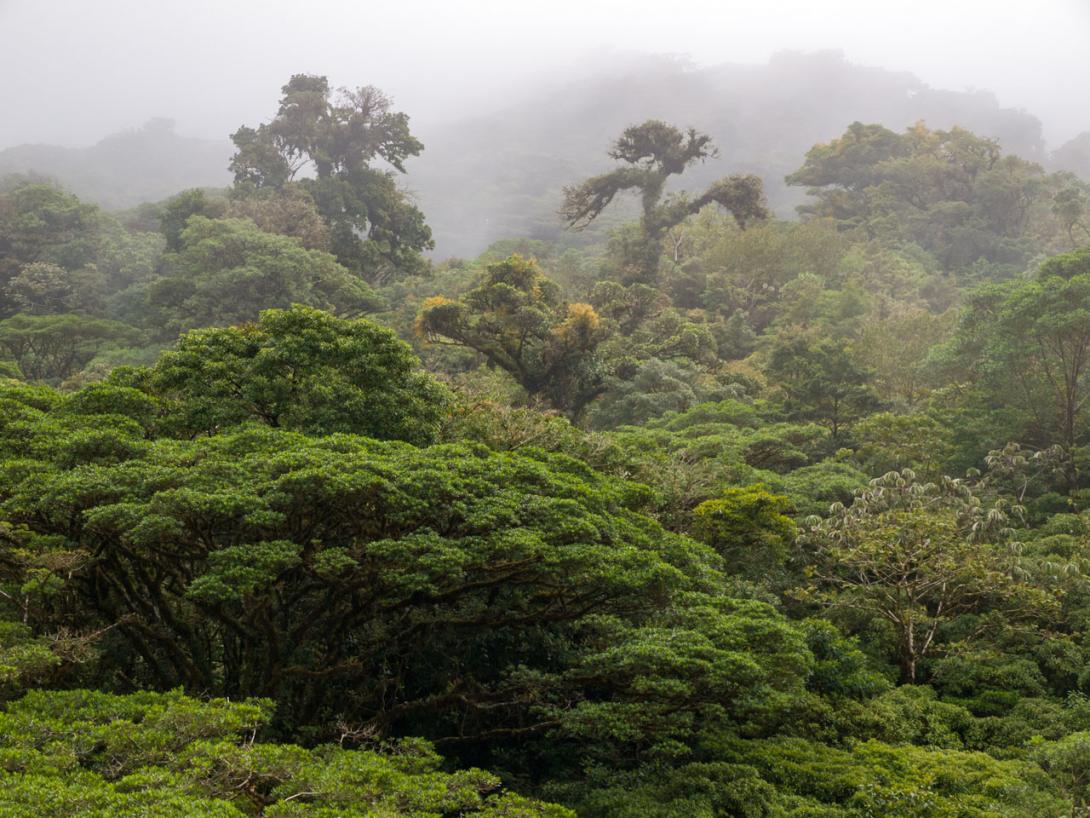
![Map of precipitation totals worldwide [mm/year]. Map of precipitation totals worldwide [mm/year].](/cache/img/f-e/data-web-img-water-energy-the-origin-of-the-water-energy-mapa-uhrnu-srazek.fitbox.x1090.y2090.r0.q75.nr0.me2.jpg)

